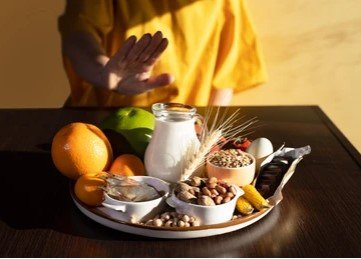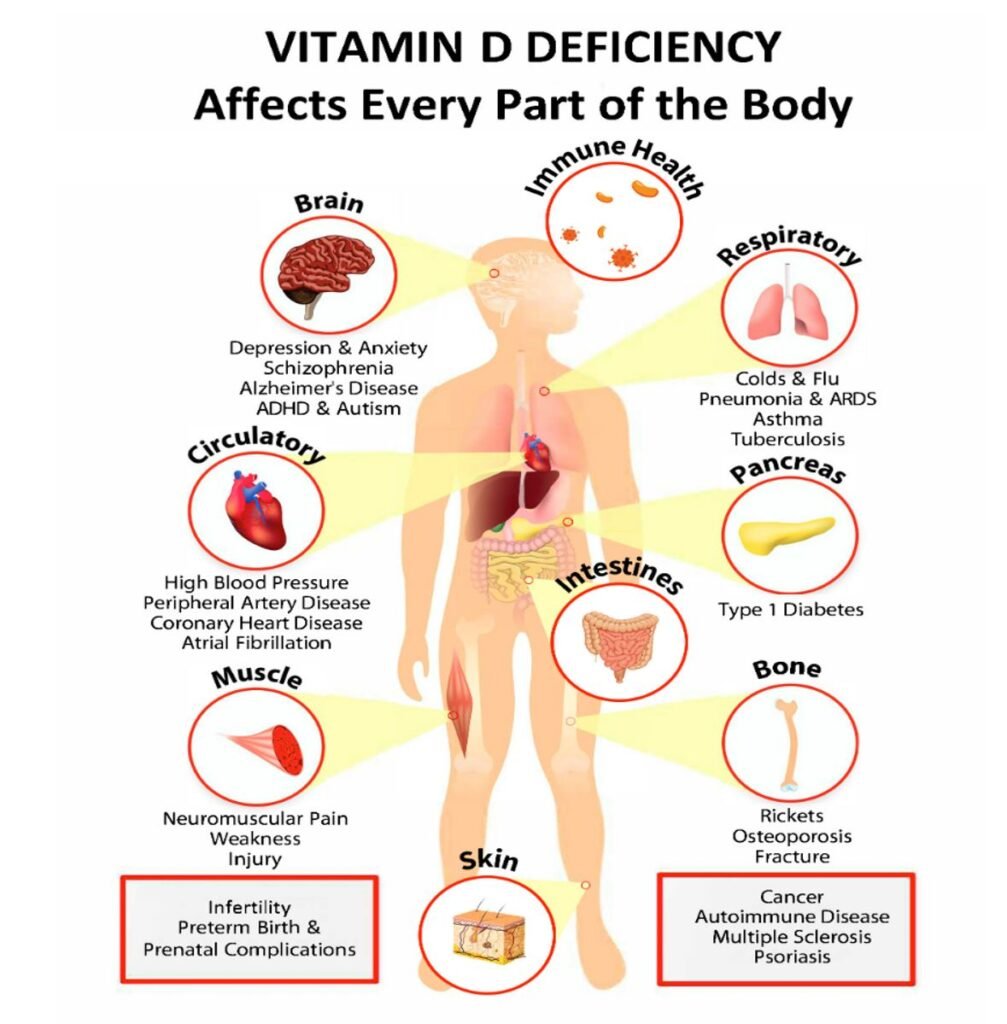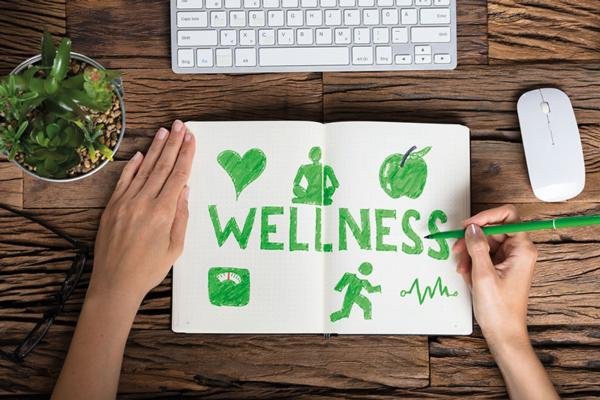I just had a family trip to Shenzhen with my mother during the Easter holiday. Since my mother has difficulty walking for long periods, our one-day itinerary will mainly focus on massage and dining.
We began our trip by visiting a famous massage shop in Futian. I opted for the more expensive oil massage plan available. The masseuse quickly noticed that my muscles were very tight and suggested performing gua sha to release toxins from my body. Being a believer in traditional healthcare treatments, I thought it was the right choice at that moment. However, I soon realized that the masseuse was not performing the gua sha technique correctly, which is a common mistake made by many massage therapists.
As body massage treatment have become increasingly popular for daily healthcare, gua sha has emerged as one of the preferred options. Therefore, let’s discuss the benefits of gua sha and the proper way to perform it.
What is Gua Sha?
Gua sha is a traditional Chinese meridian treatment that aims to unblock the flow of Qi and blood through the use of special tools and lubricants. By stimulating the skin’s surface in specific ways along the meridians, this treatment promotes blood circulation and removes blood stasis. Some Chinese individuals even use it to reduce fever, expel toxins, relieve physical discomfort, and aid in resuscitation.
After gua sha, most people notice red or purple dots in groups on their skin, commonly known as “sha.” These dots indicate stasis in the blood within the meridians, which is considered harmful and can hinder the movement of Qi and blood in the body. It may affect nutrient absorption, metabolism, accelerate cell aging, and even lead to diseases. Therefore, Chinese medicine holds the belief that “all diseases can cause sha.” During the scraping process, the repeated scraping and rubbing of the epidermis help release toxins through the skin.
What are the Benefits of Gua Sha and the Science Behind It?
Gua sha can effectively improve various “functional” issues such as local soreness, weakness, vomiting, dizziness, headache, irritability, fever, heat stroke, chest tightness, difficulty breathing, and poor blood circulation. It can also alleviate stiffness in the shoulders and neck and improve blood circulation, relieving muscle tension and soreness.
When you have a cold or fever, your body’s immune system is weakened. Gua sha, through the subcutaneous bleeding and congestion it causes, triggers a mild inflammatory reaction. The body responds by dispatching white blood cells and macrophages, thereby enhancing white blood cell activity and stimulating the immune response.
The Correct Way to Perform Gua Sha:
Gua sha involves using specific tools such as smooth-edged spoons, copper coins, or professional scraping boards made of horn bones. Before scraping, it is important to disinfect the instrument, the operator’s hands, and the area to be scraped using 75% alcohol. Lubricants such as water, cream, green oil essence, cooling oil, baby oil, or scraping cream should be applied to the scraping area. The treatment should follow a sequential scraping method along the meridian routes.
During scraping, the operator applies pressure with the wrist and arm strength to scrape the designated area. The scraping sequence typically includes the head, neck, back, chest, abdomen, upper limbs, and lower limbs. It is important to note that scraping does not always result in large patches of purplish-red or red spots. In a healthy person, the skin may only turn slightly red.
Precautions:
After Gua Sha:
Gua sha promotes blood circulation and sweat gland secretion, so it may feel similar to bathing in a hot spring. It is recommended to drink warm or room temperature water to stay hydrated. Additionally, avoid consuming cold food or taking cold showers immediately after gua sha to prevent cold wind from affecting the treated area.
People Who Should Avoid Gua Sha:
Gua sha is not suitable for children under 1 year old, pregnant women, cancer patients, the elderly, individuals who are fasting or have recently eaten, people with edema, those with severe varicose veins (due to poor blood vessel wall elasticity), diabetics (as their wounds may not heal easily), patients with heart disease, individuals with abnormal coagulation function or blood disorders, etc. Moreover, gua sha should be avoided if there are wounds, dermatitis, allergies, acne, folliculitis, eczema, urticaria, or any other skin infections. It is also not recommended for acute injuries to ligaments or tendons, fractures, or surgical scars within the past 3 months. Lastly, individuals who are afraid of gua sha or have experienced dizziness and discomfort during previous treatments are advised against undergoing it again.
*Disclaimer: This article is intended for general informational purposes only. It should not be used as a self-diagnosis tool, and it does not replace medical examination, diagnosis, treatment, prescription, or professional recommendations. Always consult with a healthcare professional before trying any new remedies or treatments.
Written by Charm-retirement.com
April, 2024





















